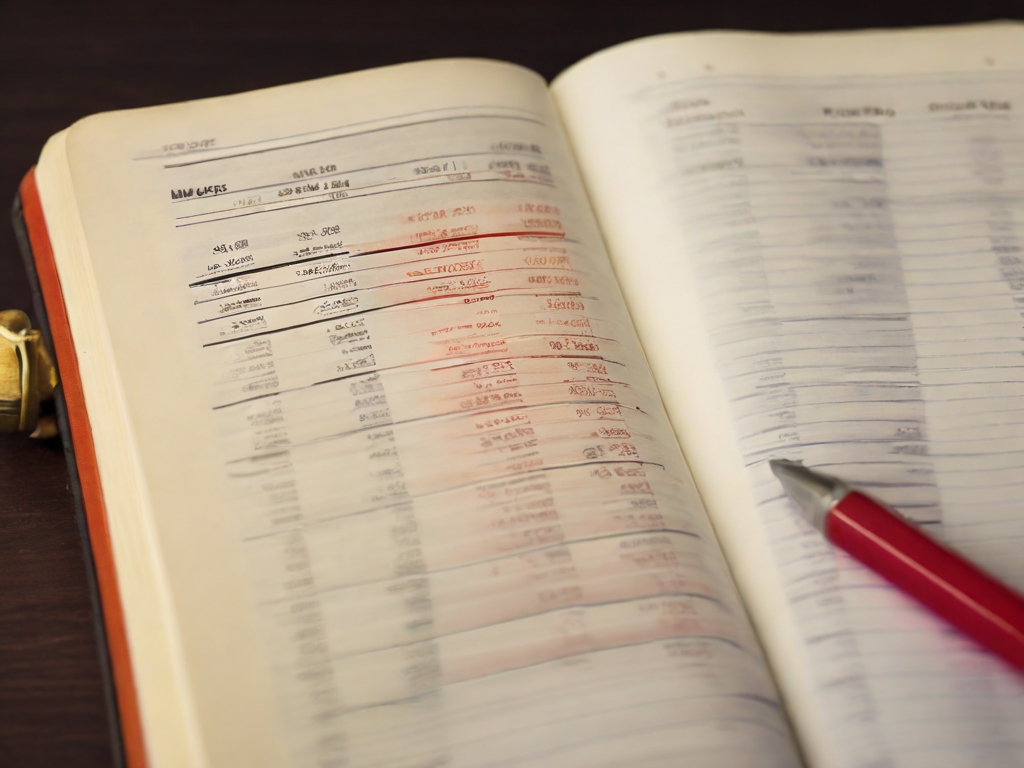
Introduction:
In the area of economic evaluation, where buyers are seeking for to find rewarding investment possibilities, one metric sticks out as a beacon of insight—the Price to Book Ratio. Often abbreviated as P/B ratio, this essential indicator holds sizeable significance in comparing the real well worth of a company’s stocks relative to its e book cost. In this complete discourse, we delve deep into the nuances of the Price to Book Ratio, deciphering its relevance, interpretation, and implications in cutting-edge inventory analysis.

Understanding Price to Book Ratio:
At its middle, the Price to Book Ratio encapsulates a organisation’s marketplace value on the subject of its e book fee. Calculated by means of dividing the market fee in keeping with share by using the ebook price in keeping with percentage, this ratio serves as a yardstick for assessing whether a stock is undervalued or overrated by way of the marketplace. The components is succinctly expressed as:
P/B Ratio=Market Price per Share/Book Value per Share

Interpreting Price to Book Ratio:
A low P/B ratio implies that the stock is trading at a reduction to its e-book fee, suggesting a capability undervaluation possibility. Conversely, a high P/B ratio may additionally indicate that the stock is overrated relative to its e book price. However, interpreting this ratio calls for contextual evaluation, as industries and sectors showcase varying average P/B ratios primarily based on their operational dynamics and increase possibilities.

Importance of Price to Book Ratio in Stock Analysis:
Value Investing: For price traders, the Price to Book Ratio serves as a cornerstone metric in identifying undervalued shares with sturdy basics. By pinpointing shares buying and selling beneath their intrinsic cost, traders can capitalize on market inefficiencies and comprehend widespread returns over the long time.
Assessment of Asset Quality: The P/B ratio provides treasured insights into the asset pleasant of a organization. A low P/B ratio might also indicate that the business enterprise’s belongings are undervalued or that there are worries regarding asset first-class, warranting further investigation into the organisation’s balance sheet and monetary fitness.
Comparison Across Industries: Comparing P/B ratios throughout industries allows investors to gauge the relative beauty of shares within the identical area. Industries with asset-intensive operations, consisting of production or utilities, generally tend to have decrease P/B ratios compared to generation or provider-oriented sectors.

Practical Applications of Price to Book Ratio:
Screening for Investment Opportunities: Utilizing screening tools and financial databases, investors can filter stocks based totally on precise P/B ratio criteria. This systematic approach allows buyers to pick out capability funding candidates that align with their chance appetite and funding goals.
Contrarian Investing: Contrarian investors regularly leverage low P/B ratios as a contrarian indicator, signaling capability buying possibilities in out-of-favor stocks. By making a bet towards market sentiment and anticipating a reversion to the imply, contrarian investors are seeking for to capitalize on market mispricing.
Risk Management: Incorporating P/B ratio analysis into the funding decision-making technique enhances chance control practices. By averting stocks with inflated P/B ratios or those with deteriorating asset quality, traders can mitigate drawback threat and hold capital in unstable marketplace situations.

Challenges and Limitations:
Despite its advantages, the Price to Book Ratio has its limitations and challenges. One of the primary criticisms is its lack of ability to account for intangible assets and highbrow belongings, which might be more and more essential in modern-day expertise-based totally financial system. Additionally, fluctuations in accounting practices and differences in e-book value calculation techniques across industries can distort the accuracy of P/B ratio comparisons.

Conclusion:
In end, the Price to Book Ratio stands as a integral tool within the arsenal of inventory analysts and traders alike. Its capability to uncover undervalued stocks, check asset high-quality, and facilitate knowledgeable funding decisions underscores its enduring relevance in the ever-evolving panorama of finance. By grasping the intricacies of the P/B ratio and integrating it into complete inventory evaluation frameworks, traders can navigate markets with self belief and precision, in the long run attaining their economic objectives.
With a profound understanding of the Price to Book Ratio, investors can navigate the complex terrain of stock markets with improved acumen and discernment, poised to seize moneymaking possibilities and mitigate inherent risks.

I’m really inspired together with your writing skills and also with the layout in your weblog. Is this a paid subject or did you modify it your self? Anyway stay up the nice high quality writing, it’s rare to peer a great blog like this one today!